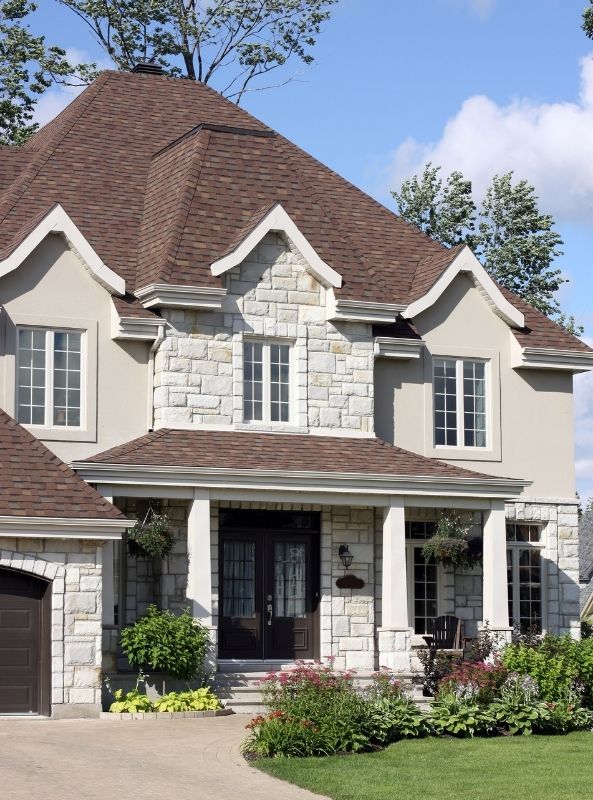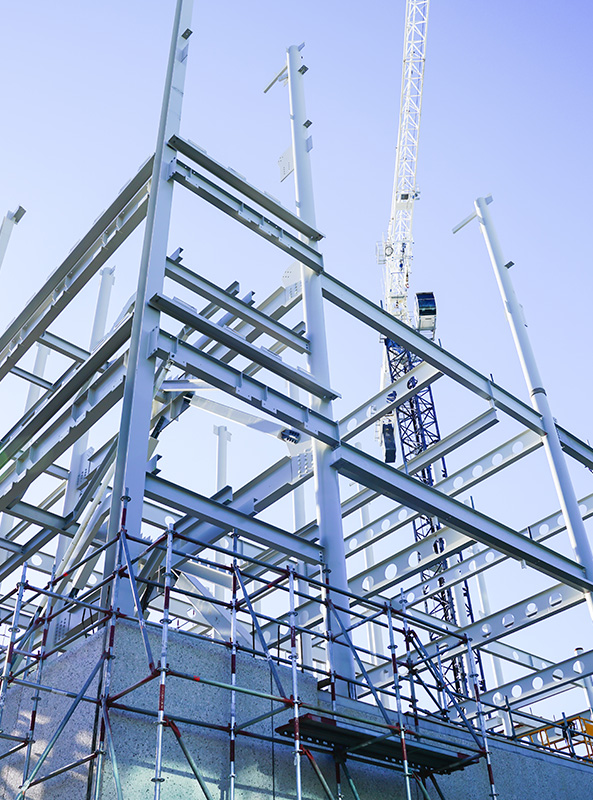In the past, competence was often equated with qualifications and technical ability. The Grenfell Tower tragedy and the subsequent Building a Safer Future review revealed the fatal flaw in that thinking with poor behaviour, even in technically skilled teams, that can destroy safety outcomes.
Today, UK building regulations formally recognise behaviour as an equal partner to skills, knowledge, and experience. For senior construction leaders, this is a seismic shift, because behaviour is both harder to measure and impossible to fake over the long term.
What Behavioural Competence Means in Law and Practice
- A Legal Requirement, not a Soft Skill Regulation 11F of the Building Regulations 2010 and the Higher-Risk Buildings (Management of Safety Risks etc.) (England) Regulations 2023 make clear that competence includes behaviour. The Building Safety Regulator defines this as the willingness to undertake work activities in accordance with agreed standards, rules and procedures. This is not about personality, it’s about whether an individual consistently acts in ways that uphold safety and compliance, even under commercial or time pressure.
- Behaviour as the Bridge Between Policy and Practice Policies, specifications and risk assessments mean little if on-site behaviours contradict them. Behavioural competence ensures that safety procedures are followed in practice, that concerns are raised rather than concealed, and that changes are managed transparently. It is the lived expression of a safety culture.
- The Consequences of Behavioural Failure Investigations into major safety incidents repeatedly show that behavioural failures such as ignoring warnings, bypassing processes, withholding critical information are often the trigger for disaster. Under the new regime, such failures carry legal as well as reputational consequences. The Building Safety Regulator can challenge competence declarations and, if necessary, stop work where behavioural competence is not evident.
Embedding Behavioural Competence Organisationally
For organisations, behavioural competence is not a matter of hoping staff “do the right
thing” it must be embedded and reinforced through:
- Leadership modelling – senior leaders demonstrating the same behaviours expected
on site. - Governance systems – integrating behavioural indicators into performance
management and competence assessments. - Training and reinforcement – targeted behavioural training for high-risk decisionmaking
moments (e.g., change control, safety reporting). - Supervision and intervention – empowering managers to challenge unsafe
behaviours immediately and consistently.
Organisational capability in this area is a direct compliance requirement: non-individual
dutyholders must be able to show they have the culture and systems to support competent
behaviours.
Practical Considerations for Senior Leaders
For Clients
- Include behavioural competence criteria in procurement and pre-qualification
questionnaires. - Require evidence of behavioural performance in previous projects, not just technical
qualifications.
For Contractors and Designers
- Incorporate behavioural assessments into Gateway 2 and Gateway 3 competence
declarations for higher-risk buildings. - Maintain auditable records of behavioural training, incident reporting and corrective
actions.
For Building Control Bodies
- Evaluate inspectors not only on technical decisions but on behavioural indicators —
openness, impartiality, and consistency when applying regulations.
Reflection and Forward View
Behavioural competence is the most difficult element of SKEB to define, embed and
measure — but it is also the most critical. For the UK construction industry to truly deliver
on the promise of the Building Safety Act, leaders must treat behaviour with the same
rigour as technical skill. Anything less risks repeating the same cultural failures that these reforms were designed to end.
Compliance Links: Behavioural Competence in UK Regulation and Standards
- Building Regulations 2010 – Regulation 11F Defines competence for building and design work to include behaviours, alongside skills, knowledge and experience.
- Higher-Risk Buildings (Management of Safety Risks etc.) (England) Regulations 2023 – Regulation 4 Requires accountable persons to ensure anyone assisting them demonstrates relevant competence, including behaviours appropriate to their role.
- Building Safety Regulator Definition of Behaviour Specifies behaviour as the willingness to undertake work activities in accordance with agreed standards, rules and procedures.
- BS 8670 – Core Criteria for Building Safety in Competence Frameworks Lists behavioural competence as a core element of all role-specific frameworks, and sets out principles for assessing it.
- PAS 8671/8672/8673 Role-specific competence standards that embed behavioural expectations for Principal Designers, Principal Contractors and building safety managers.



